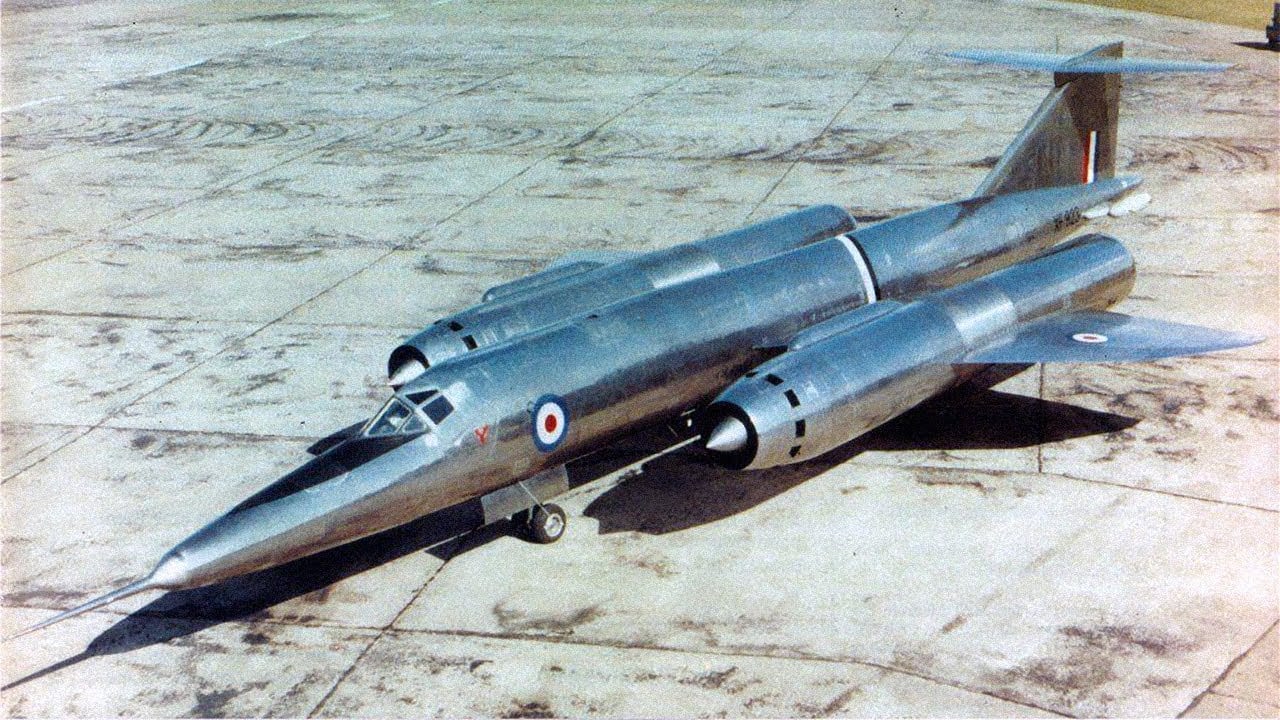The global electricity market is on the brink of a significant transformation, with the International Energy Agency forecasting a dramatic increase in demand, expected to double by 2050. This surge necessitates a strategic response, particularly from the United States, which aims to quadruple its nuclear energy output by the same year. President Trump's ambitious nuclear agenda is not merely an energy policy; it is a strategic imperative that could redefine global power dynamics. The International Atomic Energy Agency's recent projections highlight the essential role of nuclear power in achieving sustainable energy goals. However, the nuclear sector faces persistent challenges, including high construction costs, lengthy timelines, and safety vulnerabilities, which must be addressed to realize this nuclear renaissance.
The solution lies in the innovative TRISO fuel technology, which enhances safety and efficiency in nuclear energy production, paving the way for micro-modular reactors (MMRs). South Korea emerges as a vital partner in this endeavor, leveraging its advanced manufacturing capabilities to streamline nuclear energy deployment through modular construction techniques. This collaboration not only promises to accelerate the U.S. nuclear agenda but also positions both nations to compete effectively against authoritarian rivals in the global nuclear market. To ensure the success of this partnership, regulatory harmonization between the U.S. and South Korea is crucial, as is the commitment to utilizing non-weapons-usable nuclear fuels. Ultimately, the U.S.-South Korea nuclear alliance represents a cornerstone of democratic leadership in energy technology, essential for addressing the intertwined challenges of climate change, energy security, and geopolitical competition.









